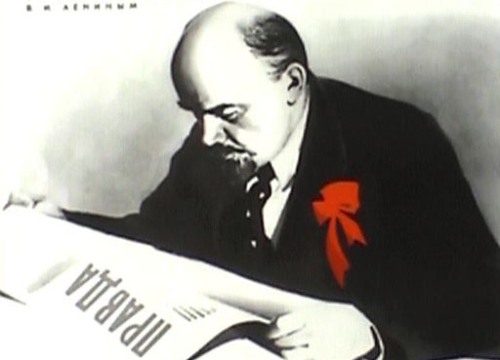Posted on May 8th, 2009 at 4:03 pm by Steve

So, the New York Times isn’t willing to commit to using the word “torture.” The Times’s Public Editor, Clark Hoyt, wrote a column on April 25 to explain the paper’s editorial policy:
A linguistic shift took place in this newspaper as it reported the details of how the Central Intelligence Agency was allowed to strip Al Qaeda prisoners naked, bash them against walls, keep them awake for up to 11 straight days, sometimes with their arms chained to the ceiling, confine them in dark boxes and make them feel as if they were drowning.
Until this month, what the Bush administration called “enhanced” interrogation techniques were “harsh” techniques in the news pages of The Times. Increasingly, they are “brutal.”
So… the Times took a brave step forward, and moved from referring to these techniques as merely “harsh” to calling them “brutal!” Washington bureau editor Douglas Jehl explained:
I have resisted using torture without qualification or to describe all the techniques. Exactly what constitutes torture continues to be a matter of debate and hasn’t been resolved by a court. This president and this attorney general say waterboarding is torture, but the previous president and attorney general said it is not. On what basis should a newspaper render its own verdict, short of charges being filed or a legal judgment rendered?
Apparently, though, that editorial reluctance to use the word “torture” isn’t uniform. Today, the Times published an obituary for a U. S. pilot who was held captive by the Chinese military during the Korean War. Here’s the headline:
Harold E. Fischer Jr., an American Flier Tortured in a Chinese Prison, Dies at 83
But before we rush to judgment and condemn the New York Times for shameless promoting U. S. government propaganda, we should examine the behavior that merits the description “torture” in the Times’s news pages:
From April 1953 through May 1955, Colonel Fischer — then an Air Force captain — was held at a prison outside Mukden, Manchuria. For most of that time, he was kept in a dark, damp cell with no bed and no opening except a slot in the door through which a bowl of food could be pushed. Much of the time he was handcuffed. Hour after hour, a high-frequency whistle pierced the air.
So, let’s review: when “we” do it, it’s “harsh;” when “they” do it, it’s torture.
Can it be any clearer?
Finally, a note to all the 24 fantasists out there who insist that sometimes we have to torture, because, dammit, it works:
After a short mock trial in Beijing on May 24, 1955, Captain Fischer and the other pilots — Lt. Col. Edwin L. Heller, First Lt. Lyle W. Cameron and First Lt. Roland W. Parks — were found guilty of violating Chinese territory by flying across the border while on missions over North Korea. Under duress, Captain Fischer had falsely confessed to participating in germ warfare.
[…]
[Fischer’s interrogator, Chong] “wanted me to admit that I had been ordered to cross the Manchurian border,” Captain Fischer told Life magazine. “I was grilled day and night, over and over, week in and week out, and in the end, to get Chong and his gang off my back, I confessed to both charges. The charges, of course, were ridiculous. I never participated in germ warfare and neither did anyone else. I was never ordered to cross the Yalu. We had strict Air Force orders not to cross the border.”
“I will regret what I did in that cell the rest of my life,” the captain continued. “But let me say this: it was not really me — not Harold E. Fischer Jr. — who signed that paper. It was a mentality reduced to putty.”
That’s what torture produces: a “mentality reduced to putty” that will confess to absolutely anything, just to make the pain stop.
(h/t: Andrew Sullivan)